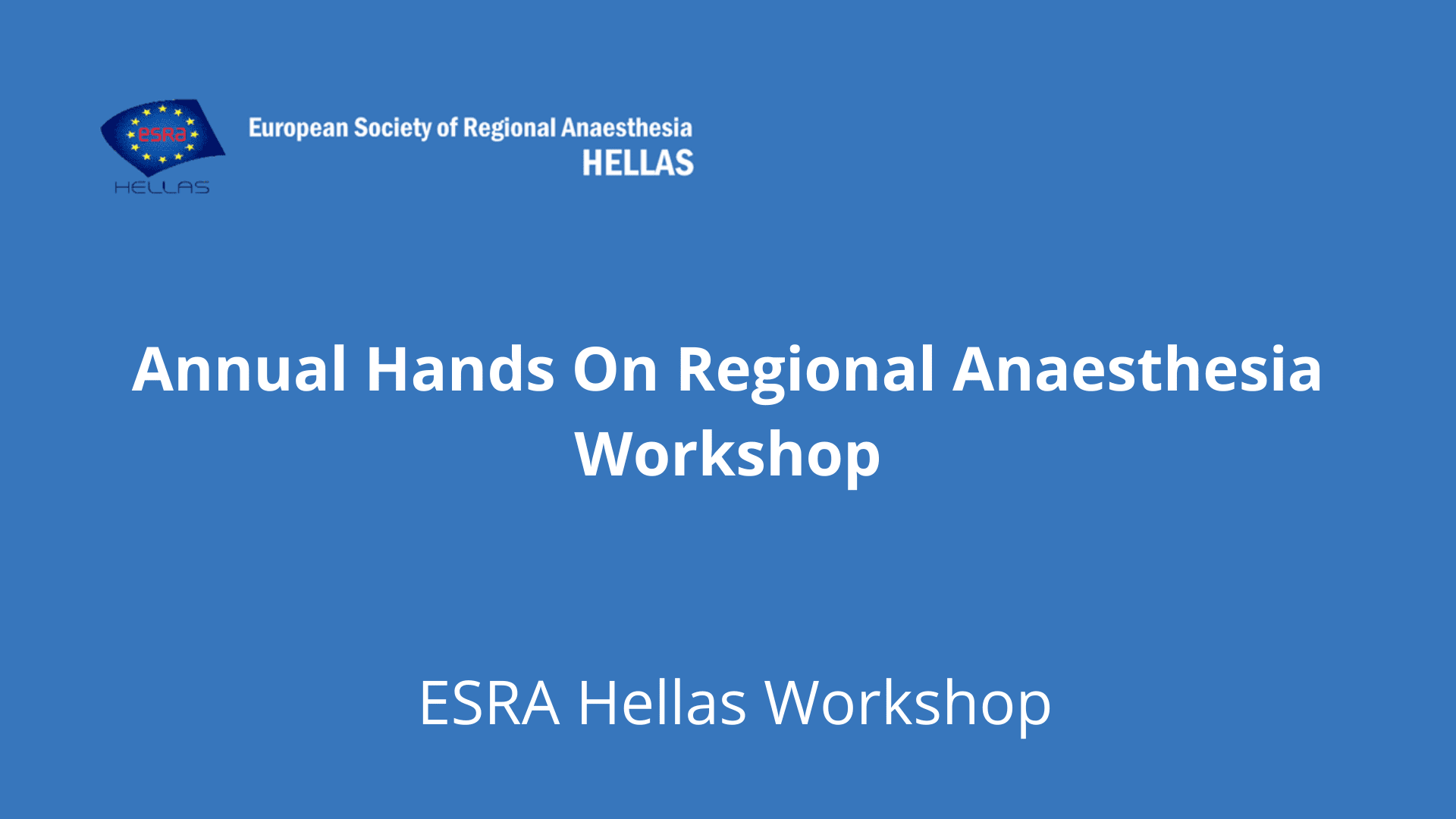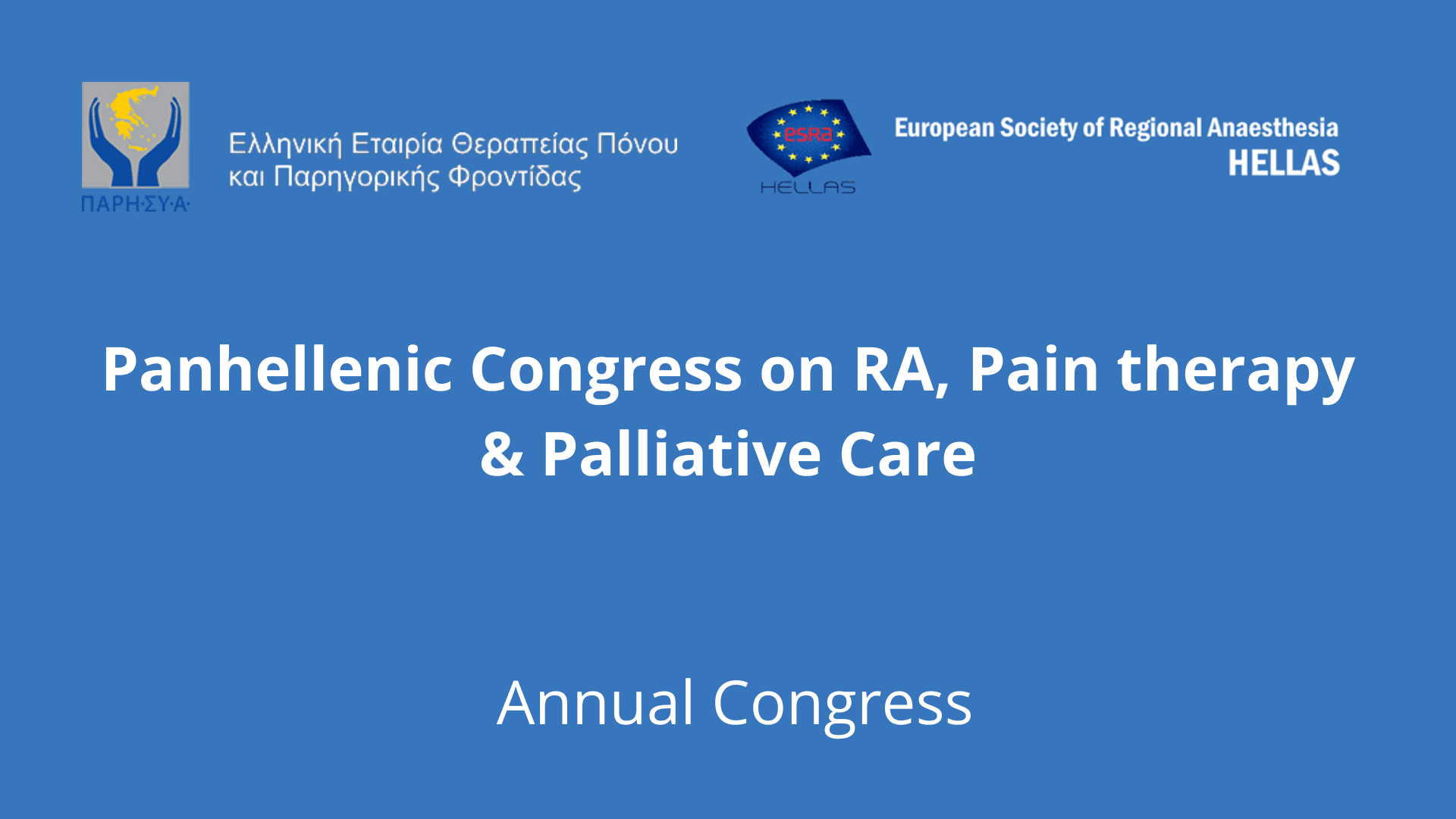PROSPECT Recommendations

PROSPECT
GUIDELINES – RECOMMENDATIONS
Procedure Specific Postoperative Pain Management
POSTOPERATIVE PAIN MANAGEMENT ACCORDING TO TYPE OF SURGERY
Introduction
Inadequate Pain Management following a Surgical Procedure is a frequent problem. Approximately 70% of patients experience pain that is moderate, severe or extreme after Surgery, a problem which may be due to the use of Generalized Guidelines that do not consider the effect of varying analgesic efficacy between different operative procedures.
As analgesic and technical advances are made in Acute Pain Management, it is increasingly important to Evaluate the Options, considering the Operative Procedure as well as Patient Risk Factors to determine the most favourable Regimen for Enhanced Patient Recovery.
The PROSPECT Initiative
The PROSPECT Initiative (www.postoppain.org) presents Evidence – Based Guidelines for Postoperative Pain Management, formulated by Consensus Opinion of an International Working Group, a unique collaboration among Surgeons, as well as Anaesthesiologists.
Recommendations are based on Evidence from Procedure – Specific Systematic Reviews, and consider the Balance of Risks and Benefits for each intervention in the context of clinical practice. The PROSPECT Working Group formulates Recommendations for the use of analgesic, anaesthetic and surgical techniques in different operative procedures.
The PROSPECT Website
The PROSPECT website is used internationally, and provides clinicians with the Evidence to make Informed Decisions about Pain Therapy. Based on experience from PROSPECT Reviews, PROSPECT Methodology is continuously refined to take greater account of the quality of available evidence, to increase accuracy and reduce ambiguity, to reduce potential bias, and to enable the user to better judge the Strength of the Recommendations.
Acknowledgements
At this point, the Directory Board of ESRA Hellas would like to thank the PROSPECT Working Group and especially its President Professor Francis Bonnet, as well as Professor Narinder Rawal, for their unreserved help, their enthousiasm towards our efforts, their kindness, as well as their permission to use and upload scientific material and information from PROSPECT website in the ESRA Hellas web page.
In this way, we believe that we will contribute first, to the promotion of ESRA Goals in Greece and second and more importantly, to the Provision and Spread of Knowledge to all Greek Anaesthesiologists, aiming in Improved Management of Surgical Patients and in Application of Evidence – Based Methods of Postoperative Analgesia in everyday clinical practice.
PROSPECT www.postoppain.org
The Type, Level and Duration of Pain may vary depending on the Type of Surgery, e.g. thoracic versus abdominal or versus minimally invasive surgery.
Some Analgesics are only relevant for Specific Operations (eg intraperitoneal local anaesthetics, peripheral nerve blocks).
The Risks and Benefits of Different Analgesics differ between Procedures (eg general versus neuraxial anaesthesia).
PROSPECT, with its suggested perioperative directions, provides a new “Clinical Tool” for Postoperative Pain Management in common surgical procedures, by offering to clinicians Recommendations to support clinical decisions. These web – based Recommendations are quick, offering easy access to relevant information, in contrat to the Classic Guidelines, which are usually prescriptive, accompanied by linear documents, as well as lengthy and cumbersome to use.
PROSPECT Recommendations are based on Procedure – Specific Evidence from Systematic Reviews of the Literature, usually incorporating Randomized Controlled Trials of analgesic, anaesthetic and operative interventions affecting Postoperative Pain. It also provides Transferable Evidence from other Surgical Procedures, thus contributing to everyday Clinical Practice, through the practical guidance from the PROSPECT Working Group.
PROSPECT presents the Evidence as Summary Statements, with arguments for and against an analgesic, anaesthetic or operative technique, together with Links to the corresponding abstracts.
PROSPECT www.postoppain.org
Introduction
Η PROSPECT provides recommendations for Procedure – Specific Postoperative Pain Management based on expert interpretation of Procedure – Specific and Transferable Evidence in the context of current clinical practice.
The Process by which the PROSPECT Working Group formulates its Recommendations is continuously refined to take greater account of the Quality of available Evidence and to reduce the potential for bias in the formulation of Recommendations. The refined Methodology has been implemented in full for procedure reviews performed from 2006.
PROSPECT Methodology and Process
The PROSPECT Review Process begins with a Systematic Literature Review, based on the Protocol of the Cochrane Collaboration. The specific Inclusion Criteria for the review require Randomized Studies reporting Pain Scores on a Visual Analogue or Verbal / Numerical Rating Scale. Two or three PROSPECT Working Group Members (and usually an Expert Clinician external to the PROSPECT Group) with particular interest and expertise in the Operative Procedure to be reviewed, are closely involved in designing the Review Strategy, together with a Medical Writing Team. Where there is limited Procedure – Specific Evidence regarding the Analgesic Effects of a particular intervention, the Group may agree to include Supplementary “Transferable” Evidence from other procedures with a comparable pain profile. Transferable Evidence regarding adverse effects may be extracted from a variety of other surgical procedures. Members of the PROSPECT Working Group first comment on the review using the Delphi Method, and thereafter collated comments are shared and discussed until a Group Consensus is achieved.
PROSPECT Working Group
- The Working Group is an International Collaboration of Surgeons and Anaesthesiologists, chaired by Professor Francis Bonnet
- The Working Group reviews in detail the evidence from the Procedure – Specific Systematic Review, as well as the Transferable Evidence, the Clinical Practice Information and the Draft Recommendations agreed at the Subgroup meeting. For each analgesic, anaesthetic or surgical intervention, the group first comes to a consensus about the Applicability and Relevance of transferable evidence and clinical practice information. The group then refines each Recommendation according to Consensus, considering all of the evidence and information.
- Simultaneously, apart from the Working Group, there are Working Subgroups, Medical Writing Teams, Data Analysis Teams and Information Specialists Groups, providing advice on literature search terms and performing literature searches.
PROSPECT Methodology Flow Chart
For Access click here
How are PROSPECT Recommendations Developed
For more Details click here
Guidance from the PROSPECT Working Group – Related Factors in Clinical Practice
- Important Safety Considerations related to the Analgesic Intervention
- Ethical Constraints
- Clinical Expertise
- Patient Preferences
- Ισχύς Strength of Results and Consistency of Evidence
- Clinical Relevance
- Pathophysiology and Clinical Plausibility
- Applicability to Patient Group
- Practicality
- Side – Effects
Advantages of PROSPECT Methodology – Process
- Procedure – Specific Recommendations take into consideration the differences in Character, Location and Severity of Pain associated with different surgical procedures
- Evidence from a systematic review is supplemented with Transferable Evidence and Expert Knowledge from a Working Group of Surgeons and Anaesthesiologists
- Consensus Recommendations are formulated by the PROSPECT Working Group, using established methods for Group Decision – Making (Delphi method, Nominal Group Process)
- Recommendations are graded to indicate the Strength of Recommendations (A – D)
- Recommendations are provided with an explanation of the Evidence on which they are based, including the Level (Level of Evidence 1 – 4) and Source of Evidence (Procedure – Specific or Transferable)
- All Evidence from the Systematic Review, as well as Transferable Evidence, is Summarized and abstracts of all references are provided
- Studies included in the reviews are assessed and assigned a Level of Evidence: Study Design, Quality, Consistency and Directness are taken into consideration
- Procedure – Specific Evidence, Transferable Evidence and Clinical Practice Information (Expert Opinion) are clearly separated
- Benefits and Harms of different interventions are indicated with a system of ticks and crosses, and the Balance of Benefits and Harms is considered in formulating the Recommendations
- Evidence and Recommendations are freely accessible on the Internet (www.postoppain.org)
GUIDELINES – RECOMMENDATIONS
Procedure Specific Postoperative Pain Management
- Abdominal Hysterectomy
- Colonic Resection
- Haemorrhoid Surgery
- Herniorraphy
- Laparoscopic Cholecystectomy
- Thoracotomy
- Total Hip Arthroplasty
- Total Knee Arthroplasty
- Non – Cosmetic Breast Surgery
Click on each one of the above listed surgical procedures for details and more information regarding postoperative pain management
POSTOPERATIVE PAIN MANAGEMENT ACCORDING TO TYPE OF SURGERY
Acknowledgements
At this point, the Directory Board of ESRA Hellas would like to thank the PROSPECT Working Group and especially its President Professor Francis Bonnet, as well as Professor Narinder Rawal, for their unreserved help, their enthousiasm towards our efforts, their kindness, as well as their permission to use and upload scientific material and information from PROSPECT website in the ESRA Hellas web page.
In this way, we believe that we will contribute first, to the promotion of ESRA Goals in Greece and second and more importantly, to the Provision and Spread of Knowledge to all Greek Anaesthesiologists, aiming in Improved Management of Surgical Patients and in Application of Evidence – Based Methods of Postoperative Analgesia in everyday clinical practice.






